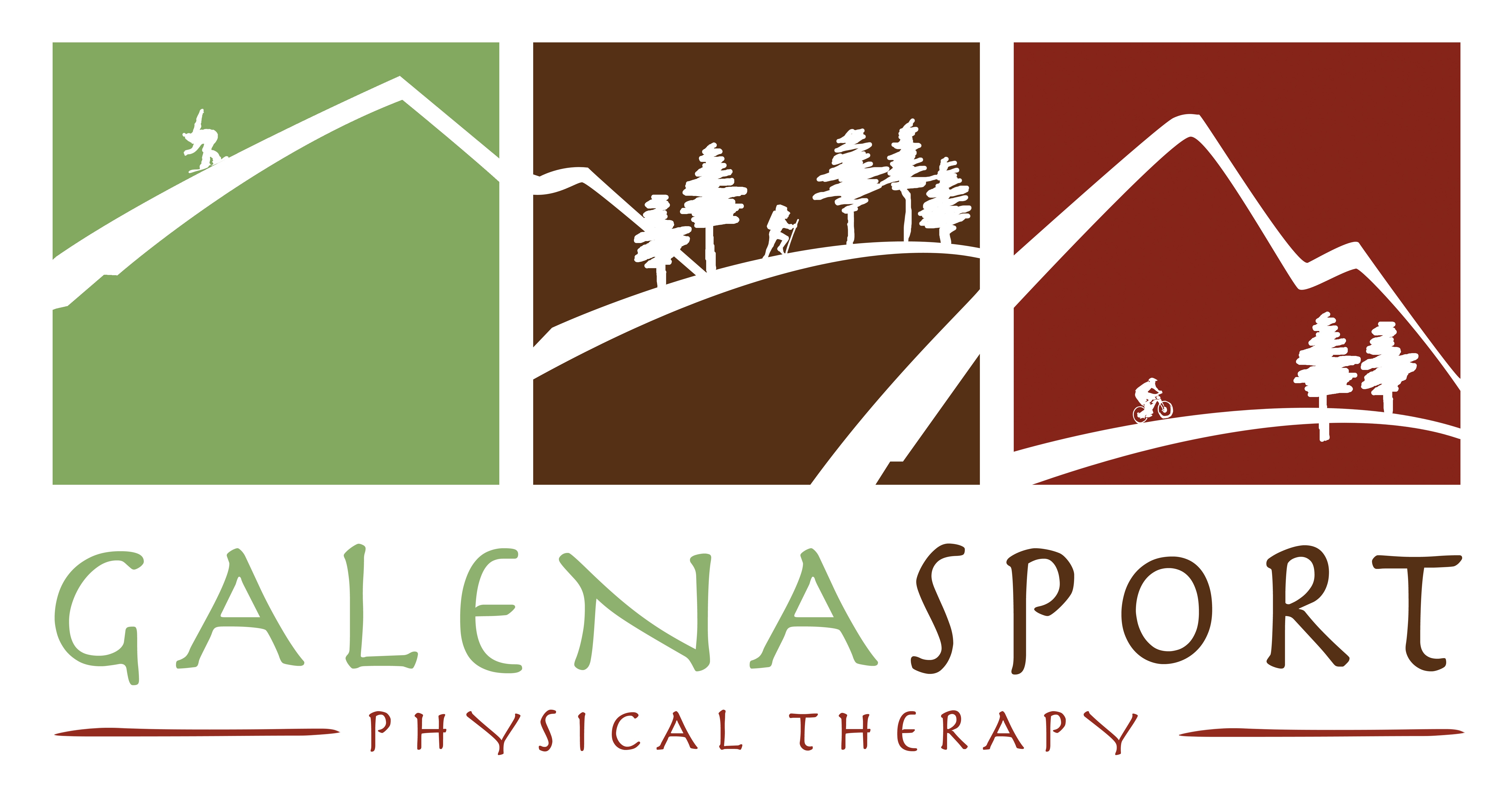Vestibular Rehabilitation at GSPT
Dizziness, disequilibrium and vertigo are among the most common symptoms reported by adults at doctor’s visits. These symptoms can have a profound impact on quality of life and daily function. There are a multitude of causes of these symptoms and often times they are multifactorial. Being able to correctly describe your symptoms is helpful in getting a more accurate diagnosis.
-
Dizziness is defined as a sensation of lightheadedness, faintness or unsteadiness and it does not involve a rotational component (www.vestibular.org).
-
Vertigo is defined as the sensation of spinning or moving around in space or of having objects move about the person and is a result of a disturbance of equilibratory apparatus (The American Institute of Balance).
-
Disequilibrium refers to unsteadiness, imbalance or loss of equilibrium that is often accompanied by spatial disorientation (The American Institute of Balance).
If you are experiencing any of these symptoms it is important to discuss them with your primary care physician, an ENT or a neurologist to rule out alternative causes of these symptoms. They may refer you to an audiologist for hearing, balance and vestibular testing, a physical therapist for gait and balance testing and/or a radiologist for further imaging.
Depending upon your symptoms, medical history, and diagnostic testing results there are a number of different treatment options such as vestibular rehabilitation therapy, canalith repositioning maneuvers, home based exercise program, dietary changes, counseling, medication and surgery.
Vestibular Rehabilitation Therapy (VRT)
Some of the common conditions that can benefit from vestibular rehabilitation are:
-
concussion (cortical and labyrinthine)
-
Vestibular neuritis
-
Labyrinthitis
-
Ramsay Hunt Syndrome
-
Meniere’s disease
-
Herpes Zoster Oticus
-
Mal de Debarquement Syndrome (MDDS)
-
Barotrauma
-
Perilymph Fistula
In many cases, when there is injury to the vestibular system the deficit is permanent. However, function can still be restored by training the brain to compensate for this deficit. VRT is a form of physical therapy that uses specific head, body, and eye exercises to help retrain the brain to recognize signals from the vestibular system and compensate for deficits in vestibular system function.
In addition to specific vestibular training exercises, we often incorporate balance, strength and mobility training to improve your stability and reduce risk of falls if indicated.
Canalith Repositioning Maneuvers
BPPV is one of the most common causes of peripheral vertigo. This condition occurs because of changes to the inner ear causing calcium carbonate crystals that are used as gravity-sensitive motion detectors to be moved from the utricle of the inner ear into one of the canals. It is often seen following a head injury, vestibular neuronitis, Meniere’s disease, migraine or it can often occur on it’s own.
A hallmark sign of BPPV is true vertigo (room-spinning sensation) lasting for seconds to minutes with change in head position. Additionally, nausea and vomiting may occur and there may be feelings of general instability between episodes.
Canalith repositioning maneuvers are a specific type of treatment for patients suffering with BPPV. It involves a specific pattern of movement to facilitate repositioning the calcium carbonate crystals into the utricle of the inner ear. Though this treatment can provoke symptoms of vertigo during the procedure, BPPV is typically very responsive to canalith repositioning treatments and you should be feeling significantly better within 1-3 sessions.
Justine Whitley is our certified physical therapist at our Caughlin Ranch Location. She received her vestibular certification through The American Institute of Balance. Call today to schedule an appointment --775-432-2870.
References:
The American Institute of Balance. (n.d.). Retrieved March 29, 2017, from http://www.dizzy.com/
Vestibular Rehabilitation Therapy (VRT). (2015, November 09). Retrieved March 29, 2017, from http://vestibular.org/understanding-vestibular-disorder/treatment/treatment-detail-page
